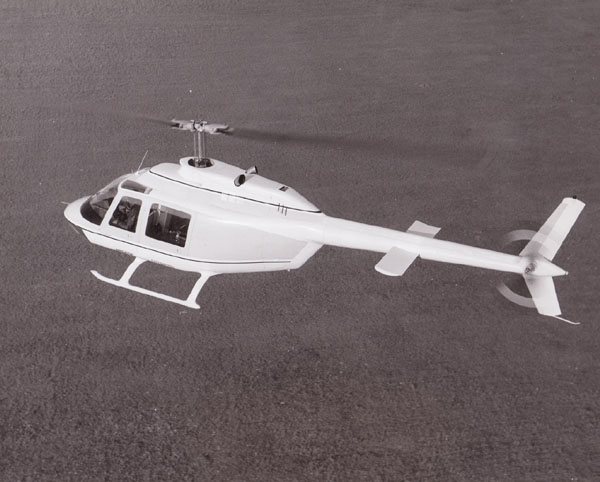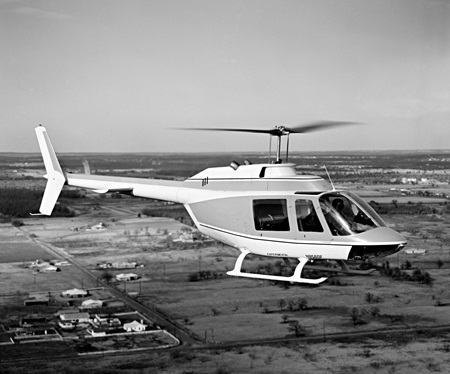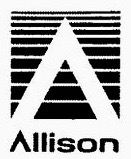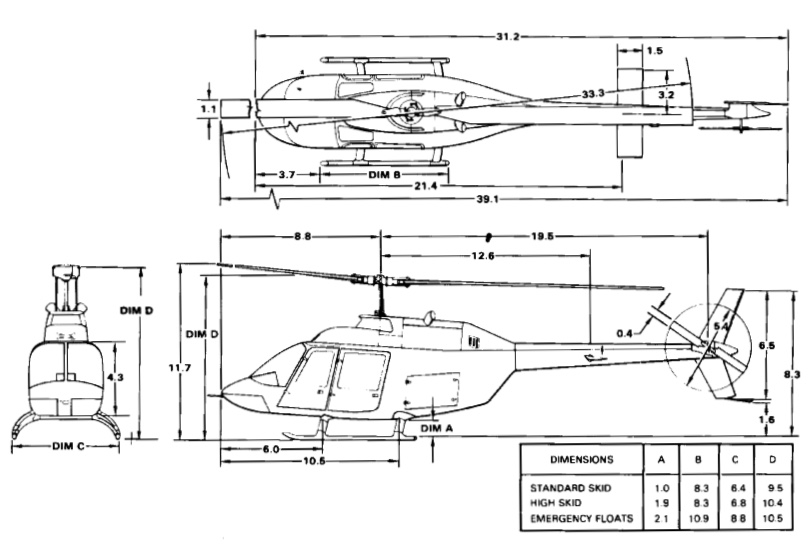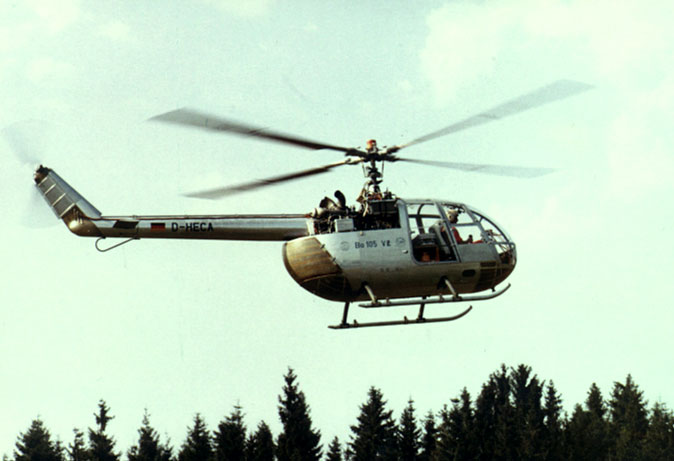
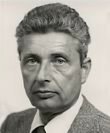
16 February 1967: At Ottobrun, Germany, test pilot Wilfried von Engelhardt made the first flight of the Bölkow-Entwicklungen KG Bo-105 prototype V-2, D-HECA, a twin-engine, rigid rotor helicopter. Baron von Engelhardt took off at 5:04 p.m. The flight lasted 20 minutes. D-HECA was the second prototype. The first one was destroyed by ground resonance during pre-flight testing.
Messerschmitt AG merged with Bölkow-Entwicklungen KG in June 1968, becoming Messerschmitt-Bölkow. The following year, the new company merged with Blohm & Voss to become Messerschmitt-Bölkow-Blohm KG, or MBB. The Bo-105 A entered production in 1970. A number of civil and military variants followed.

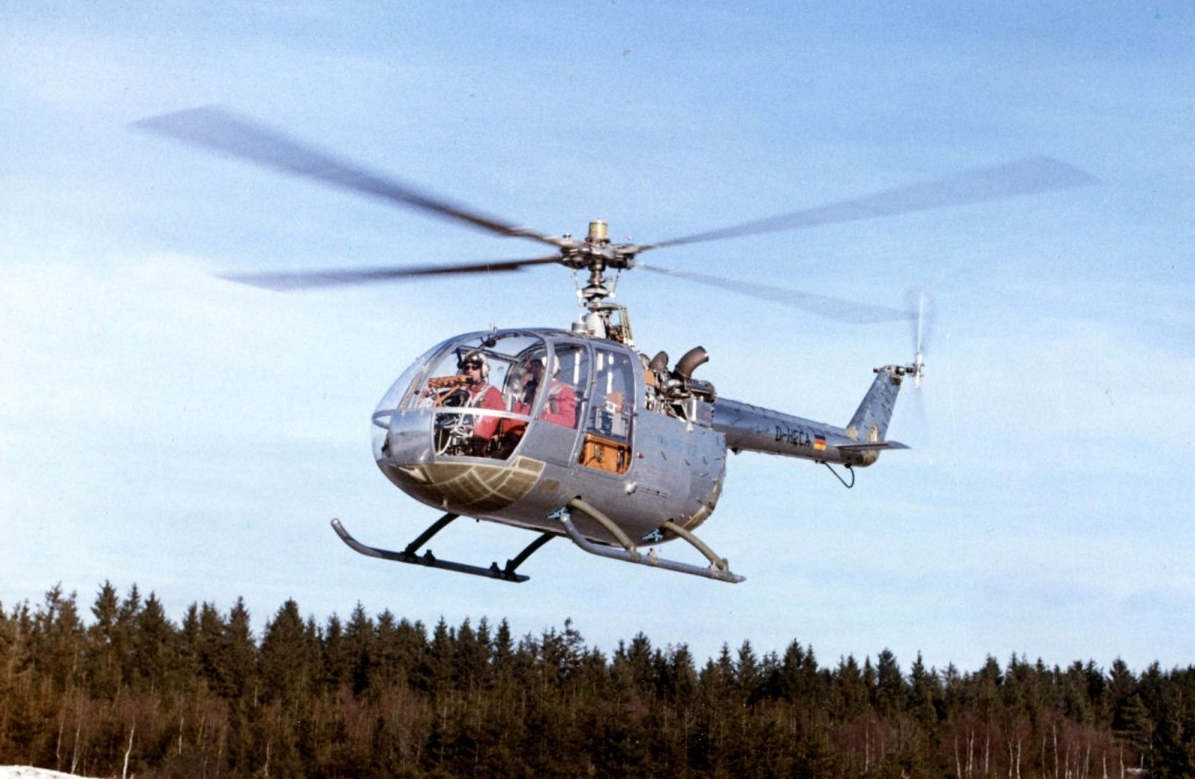
The Bo-105 is 11,86 meters (38 feet, 10.9 inches ) long with rotors turning. The fuselage is 8,81 meters (28 feet, 10.9 inches) long, with a maximum width of 1,58 meters (5 feet, 2.2 inches). The helicopter’s overall height is 3.00 meters (9 feet, 10 inches). The helicopter has an empty weight of approximately 1,276 kilograms (2,813 pounds), depending on installed equipment, and maximum takeoff weight of 2,100–2,500 kilograms (5,512 pounds), depending on variant.
The diameter of the main rotor is 9,84 meters (32 feet, 3.4 inches). The main rotor follows the American practice of turning counter-clockwise as seen from above. (The advancing blade is on the right.) It operates at 416–433 r.p.m. (361–467 r.p.m. in autorotation). The tail rotor diameter is 1,90 meters (6 feet, 2.8 inches). It turns clockwise as seen from the helicopter’s left side. (The advancing blade is below the axis of rotation.)
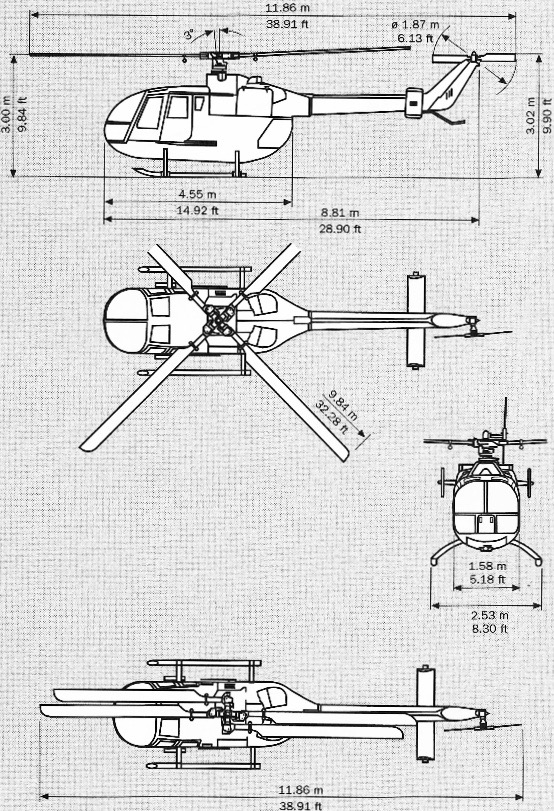

The helicopter’s cruise speed is 127 miles per hour (204 kilometers per hour) and maximum speed (VNE) is 135 knots (155 miles per hour/250 kilometers per hour) at Sea Level. The service ceiling is 17,000 feet (5,180 meters). The Bo-105 C has a maximum fuel capacity of 580.0 liters (153.22 U.S. gallons), of which 570.0 liters (150.58 U.S. gallons) are usable. The range is 691 miles (1,112 kilometers.
The original Type Certificate for the Bölkow Bo-105 A was issued 13 October 1970. Since then, the Bo-105 series has been produced in Germany, Canada, Spain, Indonesia and the Philippines. More than 1,500 were built.
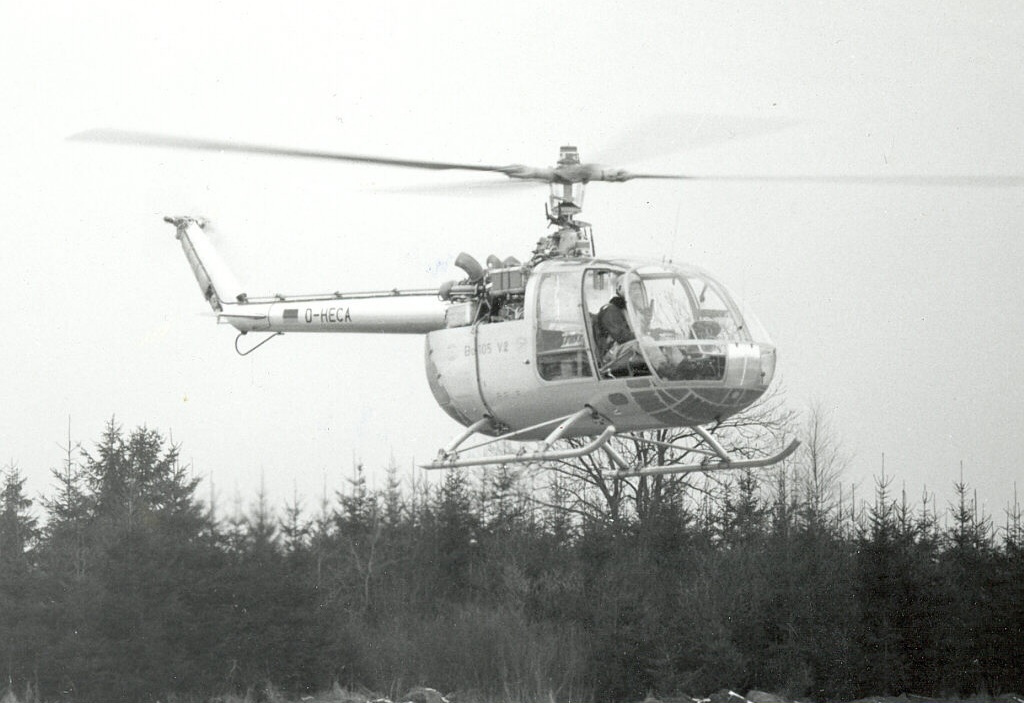
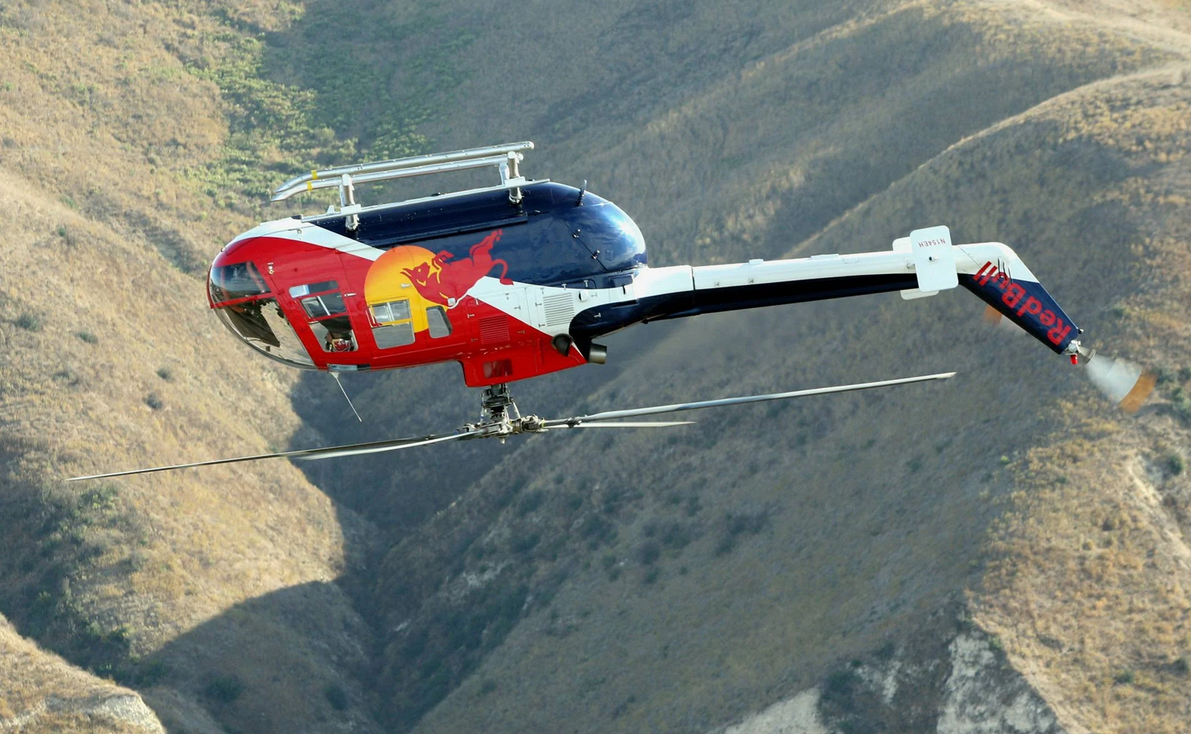
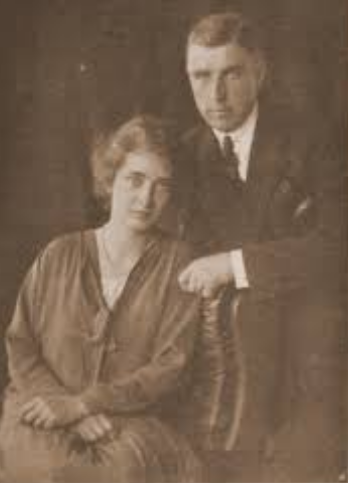
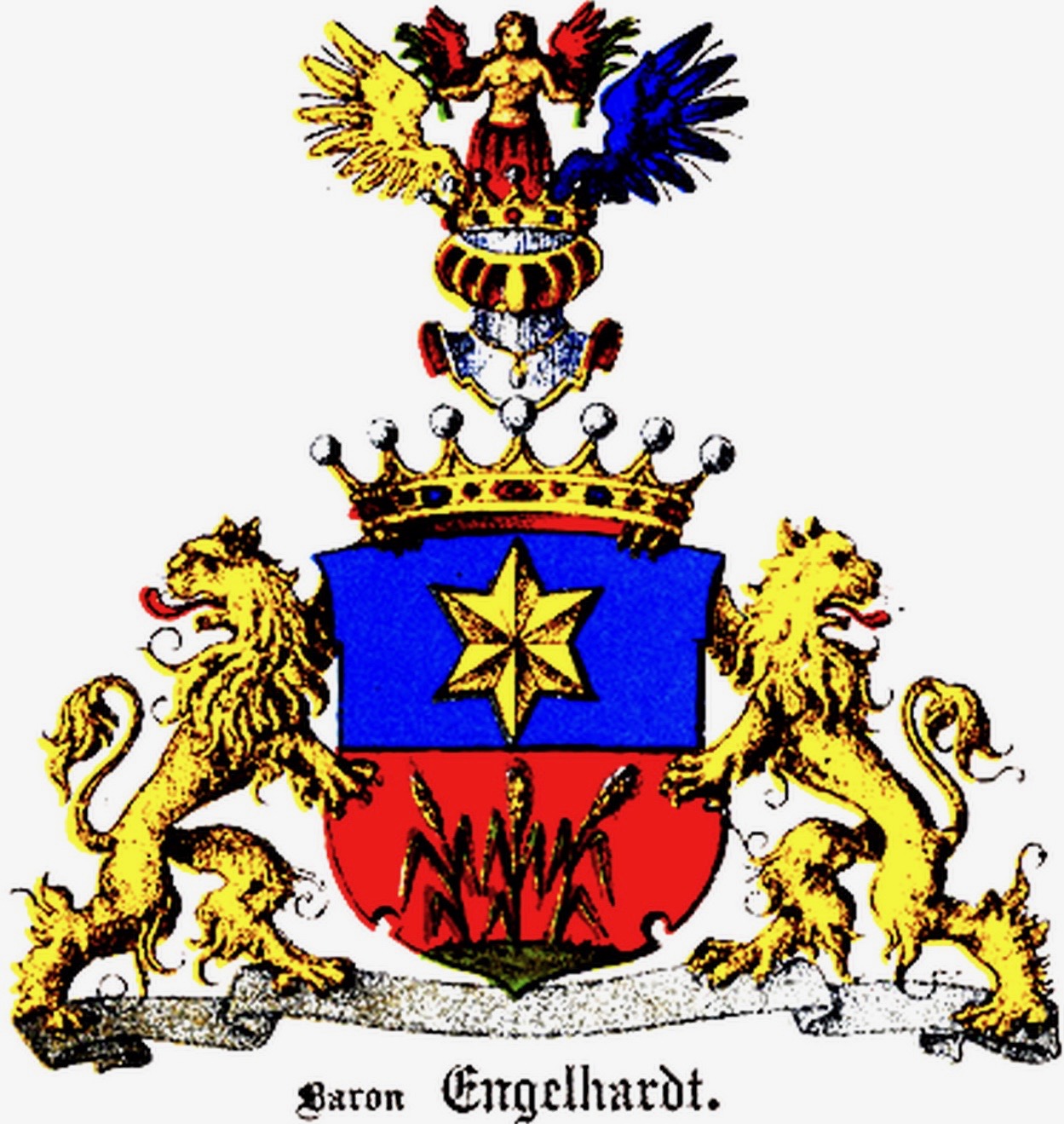
Wilhelm von Engelhardt had an early interest in aviation. His stepfather, Generalmajor Carl-August von Schoenebeck, a World War I ace, commanded the Luftwaffe flight test agency at Flugplatz Rechlin-Lärz, Rechlin, Germany. Von Englehardt was able to meet a number of well known German pilots, some of whom were guests at the family home. At the age of 16, he began flight training in gliders.
With the approach of the Soviet Red Army, von Engelhardt and his family fled to Austria. (General Shoenebeck was held as a prisoner of war until 1948.) He trained in hotel management in Salzburg. Following his release from Allied custody, General Schoenebeck formed Luftfahrt-Technik, a distributor for several aircraft manufacturers, including Hiller Helicopters.
With the assistance of General Schoenebeck, in the early 1950s von Engelhardt went to Paris, France, to train as a helicopter mechanic. He next became a helicopter pilot, then flight instructor, in 1958. He flew the Hiller 12, the Bell 47, and the gas turbine-powered Sud-Ouest Djinn. Von Engelhardt flew the SNCASE SE.3130 Alouette II in Papua New Guinea, 1961–1962, then returned to France where he trained as a test pilot at École du personnel navigant d’essais et de réception (EPNER) at Istres.
Von Engelhardt was recommended as test pilot for the Bölkow-Entwicklungen KG Bo-46, by the helicopter’s rotor system designer, Hans Derschmidt. The Bo-46 was an experimental high-speed helicopter. Von Engelhardt made the first liftoff of the prototype aircraft 14 February 1964.
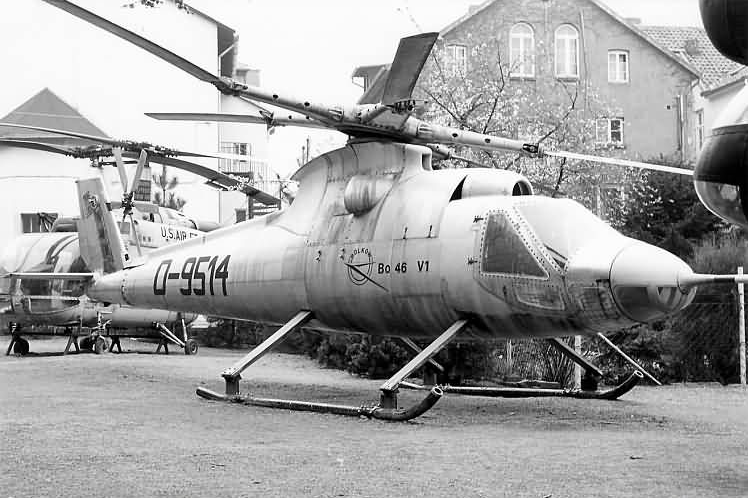
Wilhelm von Engelhardt served as Bölkow’s chief test pilot, from 1962 to 1973. He then became the company’s sales director and director of customer service training.
With the Soviet occupation of eastern Germany, the village where Baron von Engelhardt was born was seized. It later came under the jurisdiction of the German Democratic Republic. Following the reunification of East and West Germany, the government of the Federal Republic of Germany held control of Schloss Liebenberg.
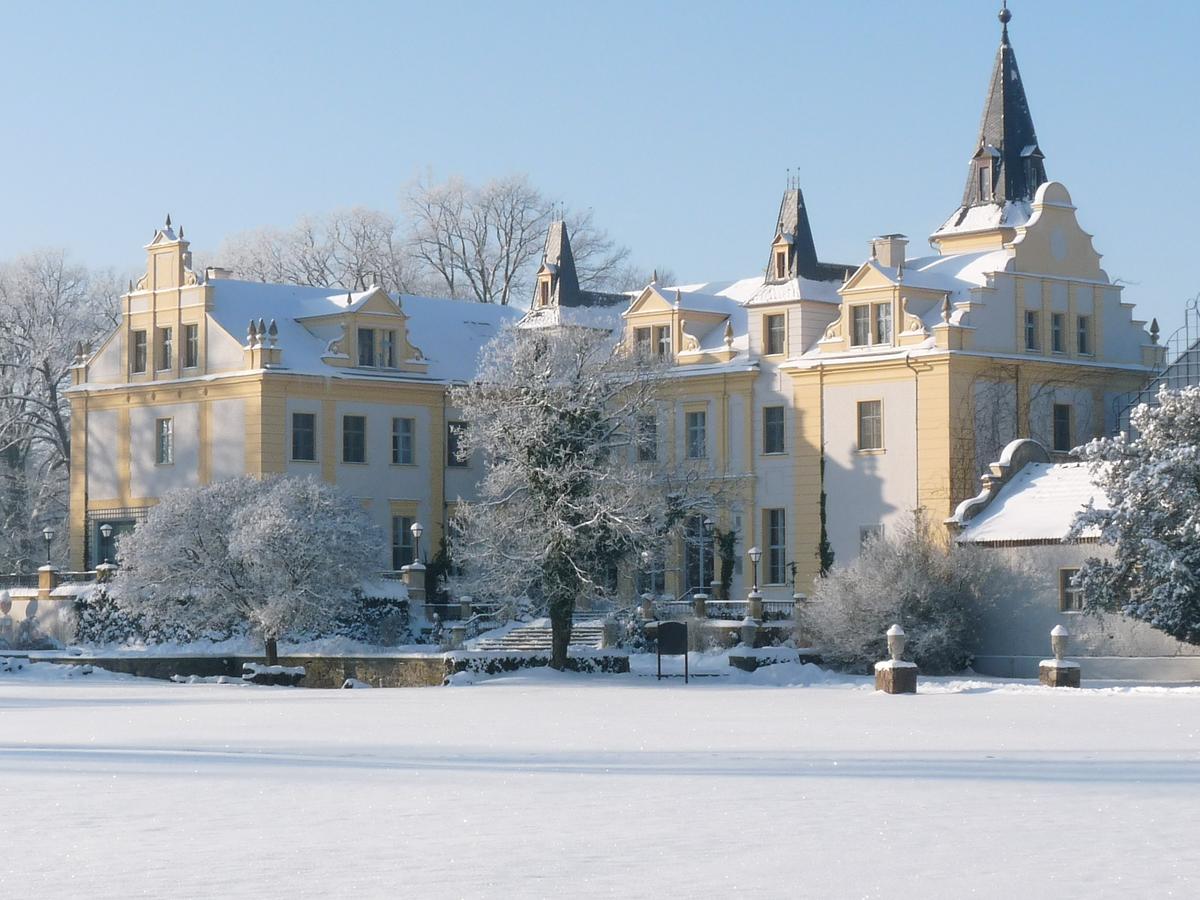
In 1996, without informing the local population, the Federal Office for Special Tasks Related to Unification, government’s privatization agency, placed the entire village, including the castle, the 13th century church, all the homes, farm buildings and stable, for sale. The asking price was so high that it was impossible for the villagers to come up with enough money to buy their home town. There was considerable outcry from the villagers, who said that they felt as if they, too, had been put on sale.
Baron von Engelhardt, who was living in a rented coach house on the estate that his family had owned for more than 300 years, gained international recognition for his attempts to negotiate a reasonable outcome.

Wilhelm Friedrich Franz Eugen Baron von Engelhardt died 24 January 2015, at the age of 86 years.
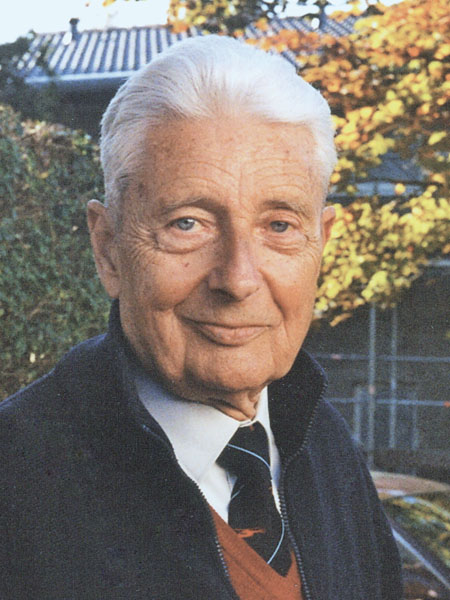
© 2019, Bryan R. Swopes
